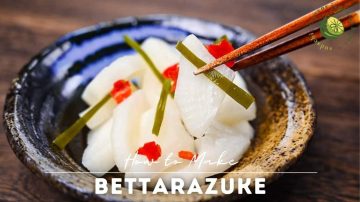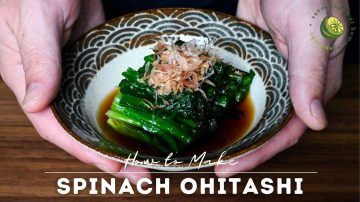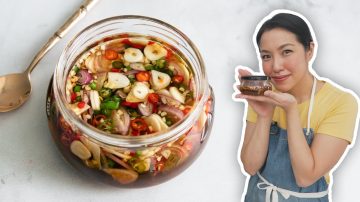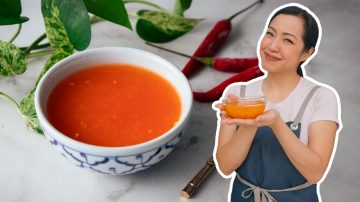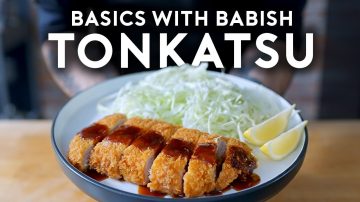How to Make Japanese-Style Mayo at Home (Kewpie Mayonnaise Copycat Recipe)
Video Stats
Recipe Overview
Overview
Making Japanese-style mayo at home is a rewarding experience that elevates your culinary skills. This recipe focuses on the delicate balance of flavors and textures, starting with room temperature pasteurized egg yolks. The key is to whisk them with mustard until they thicken, which helps to emulsify the oil that follows.
As you slowly incorporate the oil, patience is crucial. Adding it in small amounts allows the emulsion to form without breaking, resulting in a smooth and creamy mayo. The addition of apple cider vinegar and rice vinegar gives it that signature tang that sets Japanese mayo apart from its Western counterparts.
What I love about this recipe is its versatility. You can adjust the seasonings to your taste, whether you prefer a bit more acidity or sweetness. Plus, knowing exactly what goes into your mayo is a huge bonus, especially if you’re avoiding preservatives.
Once you’ve mastered this technique, you’ll find yourself using this mayo in various dishes, from salads to sandwiches. It’s a simple yet impressive condiment that showcases the beauty of homemade cooking. Enjoy the process and the delicious results!
Recipe Details
Steps & Tips
Take a glass or porcelain bowl.
Add two room temperature pasteurized egg yolks to the bowl.
Add half a teaspoon of smooth Dijon mustard and half a teaspoon of Kashi mustard.
Whisk the mixture until it gets slightly pale and thickens.
Start adding 175 ml of oil, beginning with three or four drops of rapeseed oil along the edge of the bowl while whisking continuously.
Tip: Be patient when adding oil; rushing can cause the mayo to break.
After the first minute, gradually increase the amount of oil added while whisking.
Mix 1 tbsp of apple cider vinegar and 2 tsp of rice vinegar, then add half of this mixture to the bowl, drizzling it along the walls.
Tip: Using a balloon whisk helps emulsify ingredients faster and gives you more control.
Pour the other half of the oil slowly along the edge of the bowl while whisking.
Once all the oil is incorporated, add the rest of the vinegar mixture and whisk until combined.
Add half a teaspoon of salt, half a teaspoon of lemon juice, a pinch of white pepper, 1/4 teaspoon of sugar, and a tiny bit of aamoto.
Tip: MSG is optional; you can substitute with a pinch of dashi granules or omit it entirely.
Use an electric whisk for about 20 to 30 seconds to create smaller oil droplets.
Transfer the mayo to a sealed container and refrigerate for about an hour to let it thicken.
After refrigerating, taste the mayo and adjust seasoning if necessary.
Tip: Always store homemade mayo in a clean, sterilized airtight glass container.
Tip: Keep mayo in the fridge door or vegetable drawer to prevent oil from solidifying.
Tip: Store the container upside down to reduce air contact and keep it fresh.
Ingredients
Ingredient: Eggs
→ Substitution: Chia Egg
Nutrition
Skill Level
Frequently asked questions
Below you will find answers to the most common questions about this recipe.
Got a Recipe Question? Ask Away!
Interesting Tidbits
- •Japanese mayo often uses only egg yolks, resulting in a richer flavor.
- •The lecithin in egg yolks helps emulsify the oil, creating a stable mayonnaise.
- •Using a balloon whisk allows for better control when emulsifying smaller batches.
- •Homemade mayonnaise can be customized with different vinegars and seasonings.








